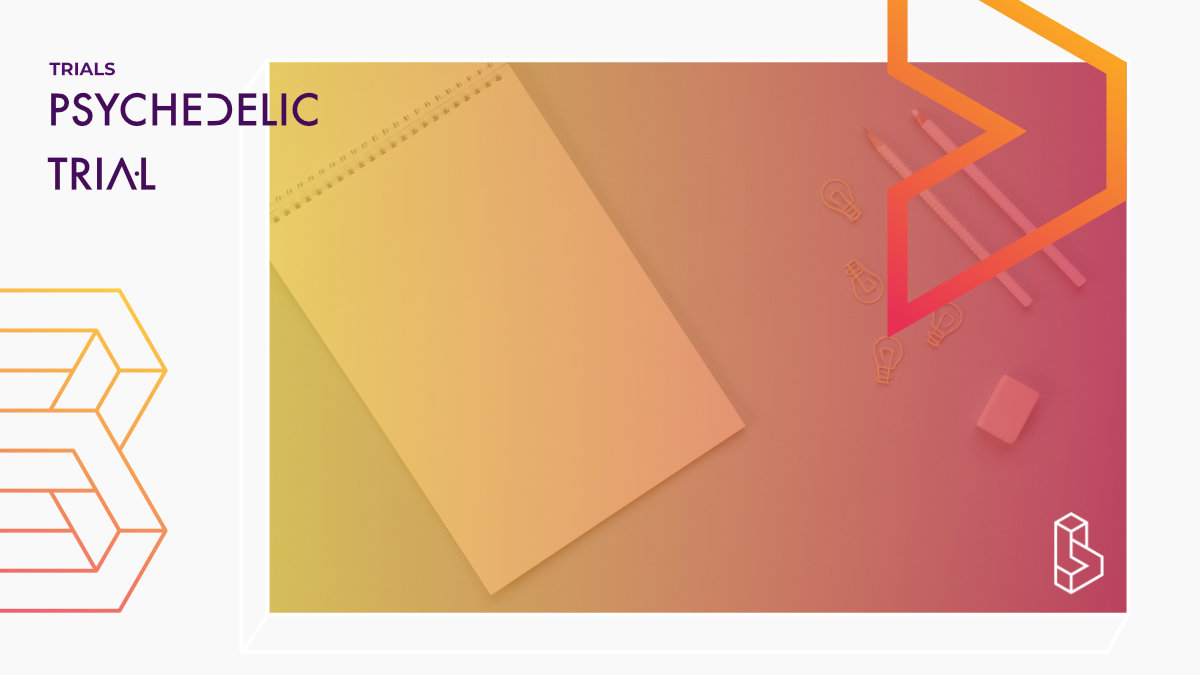This is a randomized controlled study assessing the effect of pre-emptive hyperventilation on ECT seizure duration, cerebral desaturation and remission of depressive symptoms in patients with Major Depressive Disorder. Comparison of etomidate and ketamine on remission of depressive symptoms with and without pre-emptive hyperventilation will also be studied.
Topic Depression
Country Canada
Visit trial
Status
Unknown status
Results Published
Start date
09 January 2016
End date
12 January 2018
Chance of happening
0%
Phase
Phase IV
Design
Blinded
Type
Interventional
Generation
First
Participants
48
Sex
All
Age
18- 85
Therapy
No
Trial Details
Electroconvulsive therapy (ECT) is an effective treatment for medication-resistant forms of depression, including major depressive disorder and mania. Therapeutic success of ECT is related to the duration and quality of Electroencephalogram (EEG) and motor seizures. Previous studies have demonstrated that deliberate hyperventilation augments seizure duration in anesthetized subjects. It has also been shown that seizure activity significantly increases cerebral metabolic rate, predisposing the patient to potentially severe cerebral desaturation events. These desaturation events are predicted to be exacerbated by pre-emptive hyperventilation which has a potent cerebral vasoconstrictive effect. Despite the widespread use of ECT, little is known about the effect of hyperventilation on cerebral metabolism in this setting. Ketamine has recently been demonstrated to have anti-depressant properties in patients with major depressive disorder, suggesting that patients treated with ketamine anesthesia and then ECT, may benefit clinically from the additive effects of both treatment modalities, compared to ECT alone. The investigators hypothesize that hyperventilation will facilitate prolonged seizure duration and faster remission of depressive symptoms. As well there may be significant cerebral desaturation and cardiovascular side effects of ECT therapy following hyperventilation. Lastly, the effect of hyperventilation on the efficacy of ECT therapy may be improved when ketamine anesthesia is used simultaneously. To test this hypothesis this study will compare ketamine anesthesia to etomidate anesthesia. Etomidate is a short acting anesthetic that is commonly used in these procedures. The study objectives (primary and secondary) are as follows: To quantify the effect of hyperventilation and type of anesthetic agent on ECT-induced seizure duration To assess the effect of hyperventilation immediately prior to ECT on cerebral metabolism as measured by cerebral oximetry To determine the effect of hyperventilation and anesthetic agent on the remission of symptoms in Major Depressive Disorder To assess the side effect profile of hyperventilation during ECT on hemodynamicsNCT Number NCT02924090

